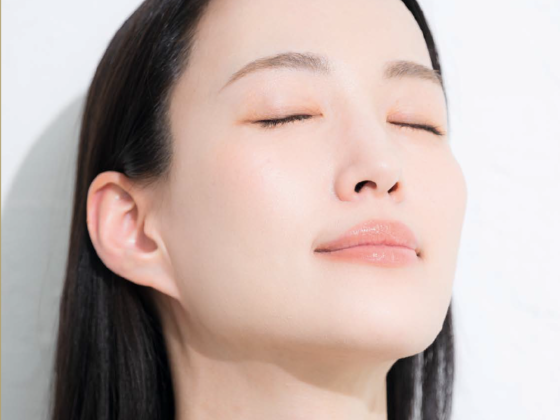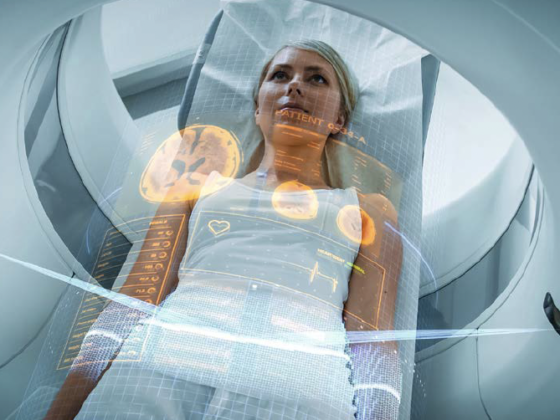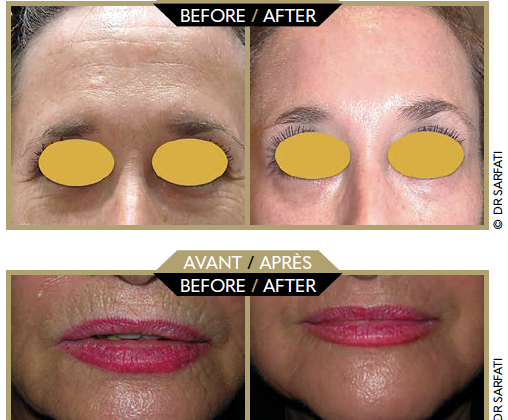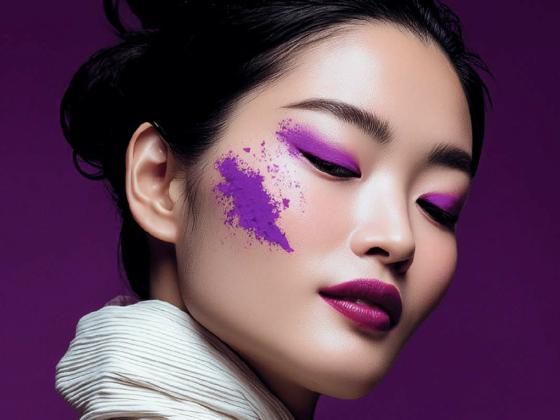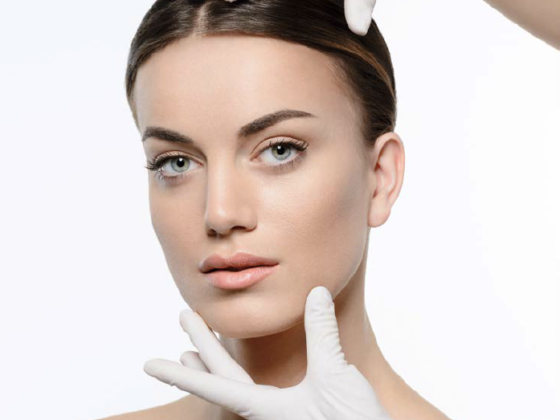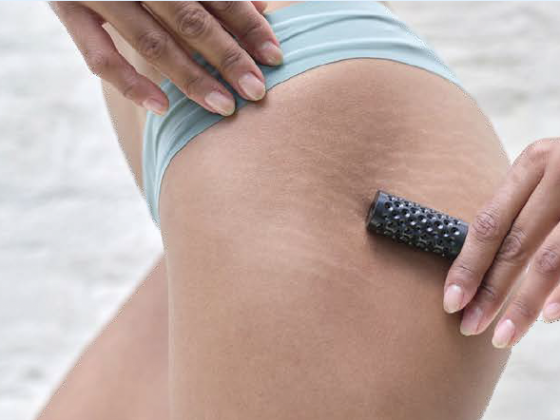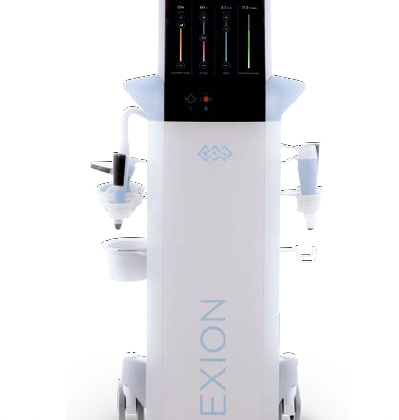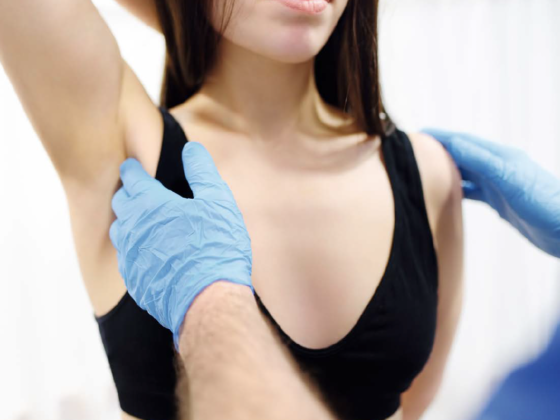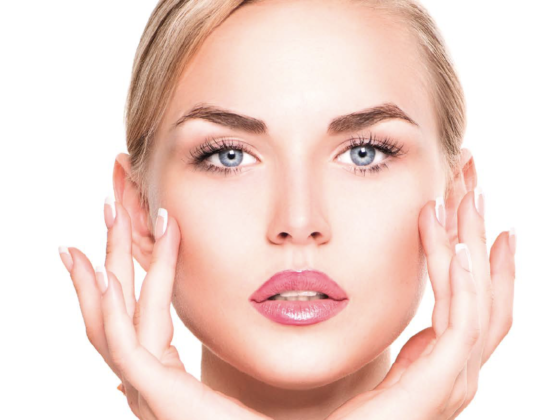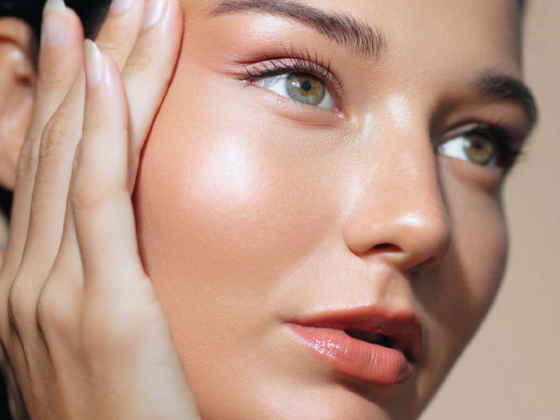Dr Missy Clifton
In my practice, one of the most significant shifts I’ve witnessed in recent years is the way patients view their own faces.
With the rise of social media and the sheer number of photographs being taken nowadays, people feel much more aware of how they look. They can also see themselves posed from multiple angles, rather than just in the flat reflection of a mirror. Patients are increasingly arriving at a consultation with very specific requests too. They may point to a single line, crease, or shadow they dislike, and expect the solution to be as simple as filling that area.
What many don’t realise is that these surface concerns are usually the visible result of deeper structural changes such as volume loss, fat redistribution, or musculoskeletal changes; aspects you can’t see using your phone’s camera. That’s why Aura’s 3D imaging tools h have as revolutionised my practice. By presenting a detailed view of a patient’s own face in three dimensions, I can show them the underlying causes of their concerns and the depth of their improvements. This opens the door to creating a truly personalised treatment plan that doesn’t just fill a line but improves the overall balance and harmony of the face.
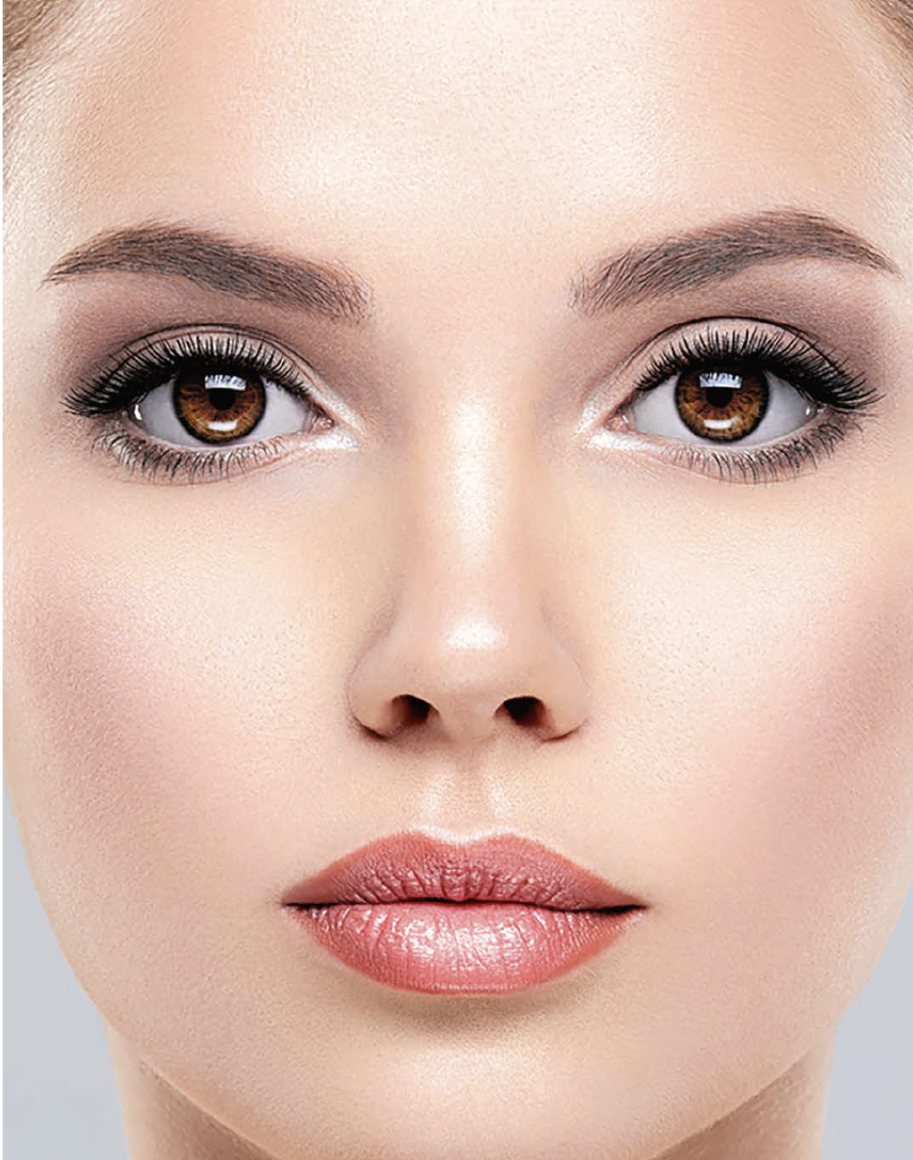
Transforming the consultation: ensuring client confidence
The consultation is where the magic of Aura really comes to life. Once patients see their 3D images, they begin to understand how volume loss or tissue migration may be contributing to the facial changes they dislike. With the ability to see this visually, patients immediately grasp why a more comprehensive approach – rather than simply targeting one perceived flaw – can deliver a fresher, more youthful appearance. Another benefit is that the process is engaging. Patients are invariably fascinated to look at their face in three dimensions. It’s far more revealing than a mirror and far more personal than generic before-and-after photos. 3D imagery shows contour and areas of volume loss from multiple angles and makes the treatment plan clearer to the patient. It also allows them to see what I see, which makes the consultation collaborative rather than one-sided. Together, we can map out which areas need attention and why.
This transparency builds trust too. Patients proceed with treatment much more often when they have a thorough understanding of why we are recommending a certain product for a certain area. Using Aura, I can show them that my recommendations are based on their anatomy, not on a standard template. In fact, 3D imaging is invaluable in aligning expectations between patient and practitioner like never before. Rather than relying on “perfect” before and after photos of other people, patients can see what is actually achievable for them. That honesty prevents disappointment and helps patients feel empowered in their decisions.
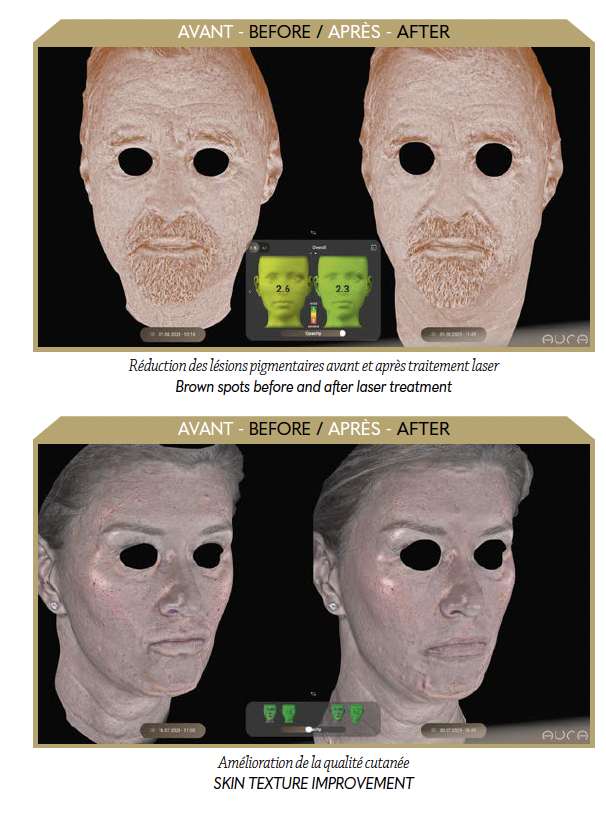
During and after treatment: seeing progress clearly
The benefits of Aura don’t stop once treatment begins. Patients respond much more positively to longer-term treatment plans when they can see their progress illustrated clearly. Even subtle improvements– whether volumetric, textural, or related to symmetry – are immediately apparent in 3D imaging in a way that a mirror often cannot reveal. For example, with Aura, we can show brow elevation and improved symmetry following neuromodulators or skin-tightening laser treatments. After fillers, resurfacing treatments, or peels, we can illustrate not only the volumetric corrections but also improvements in skin texture and quality.
Even if a patient feels they don’t see any difference after treatment, we can compare their before-and-after images side by side in 3D, with the objective measurements highlighting the improvements. This validation strengthens their confidence in both the treatment and in me as their practitioner. Perhaps most importantly, it shifts the way patients think about their own aging process. Instead of focusing narrowly on erasing a crease, they begin to understand the broader concepts of volume balance, skin texture, and facial symmetry. That helps them appreciate that addressing concerns holistically – and committing to a longer-term relationship with a clinic – leads to a superior outcome, one that is more natural, longer-lasting, and ultimately more satisfying.
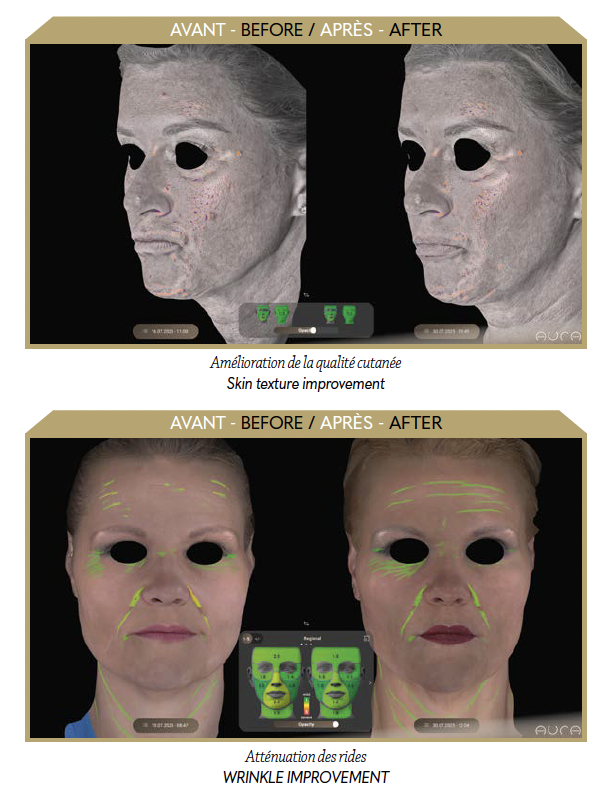
Looking ahead: expanding beyond the face
I would advise every clinic to embrace this technology as it helps patients understand the rationale behind their treatments as well as making it easier to see their results and plan treatments to match their future goals. I hope it will soon go beyond the face to the body too, allowing practitioners to help patients visualise their outcomes from head-to-toe.
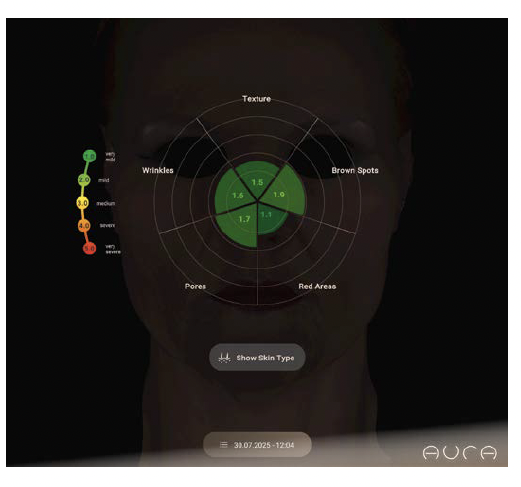
Dr Missy Clifton
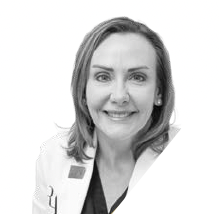
Board-Certified Dermatologist and in Laser Medicine and Surgery. She is also owner of Premier Dermatology, Aesthetics and Wellness in Bentonville, Arkansas.
More: premierderm.net
premierderm.net





